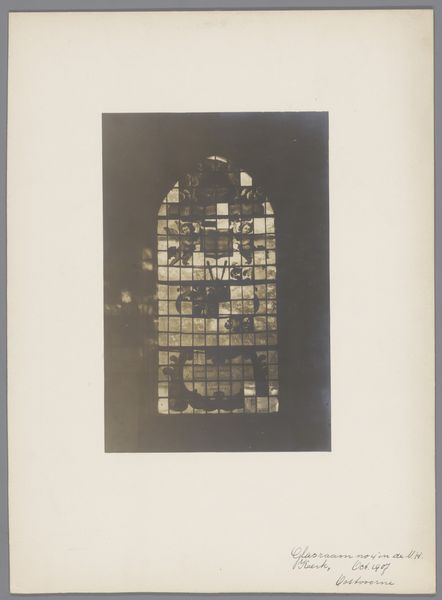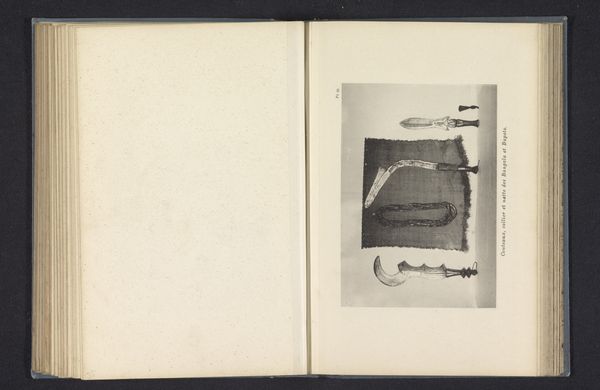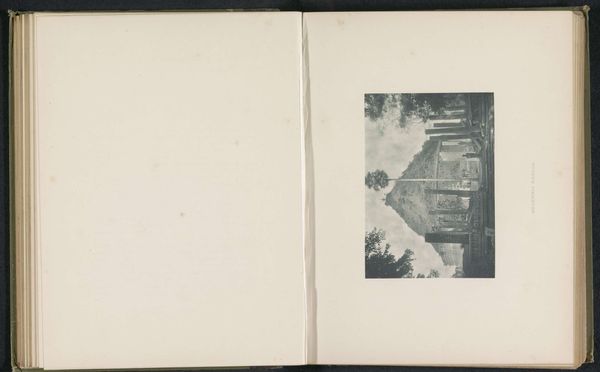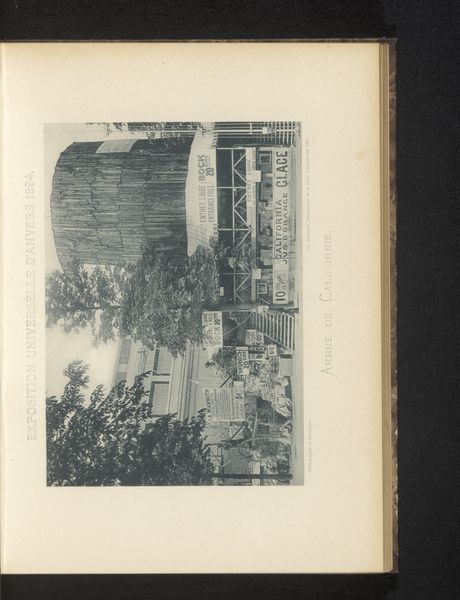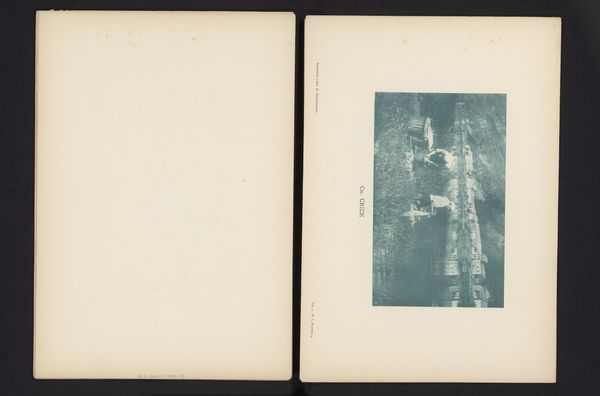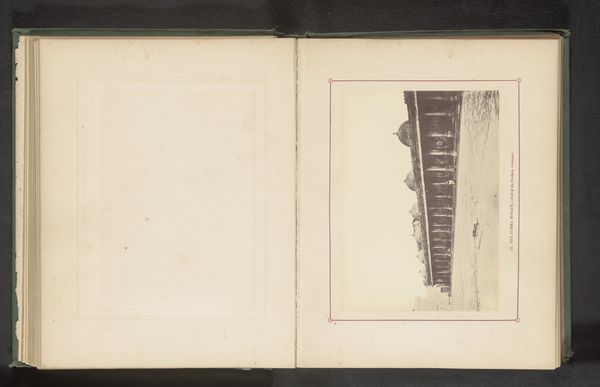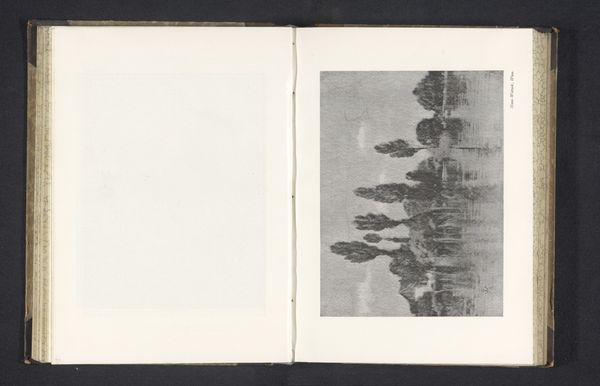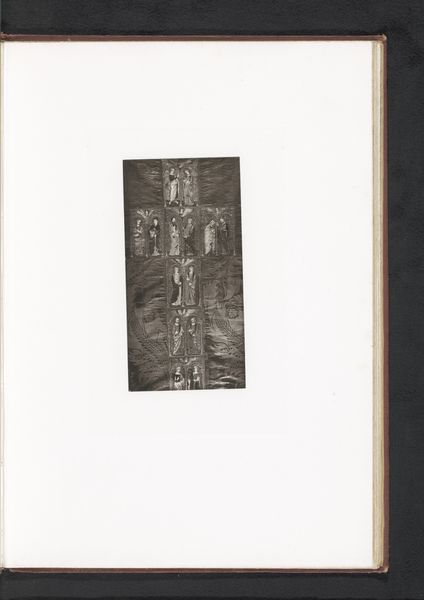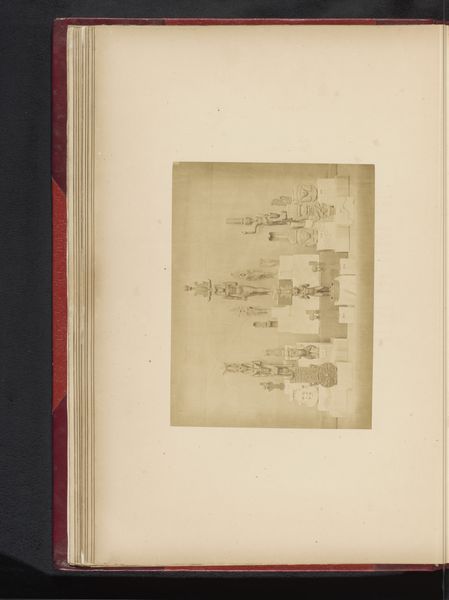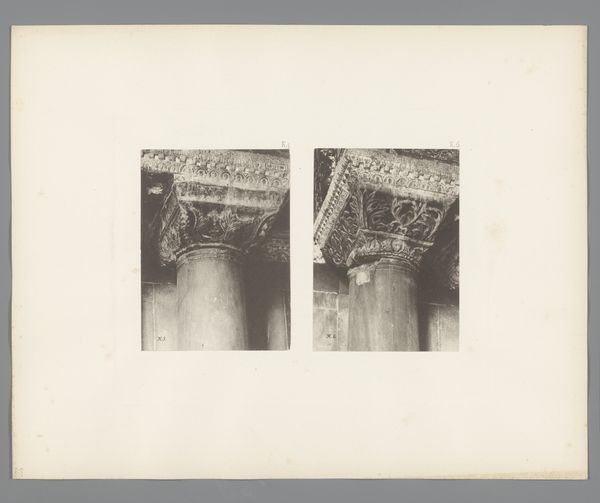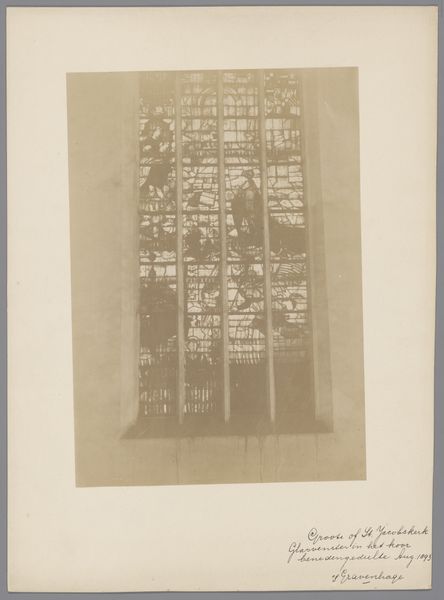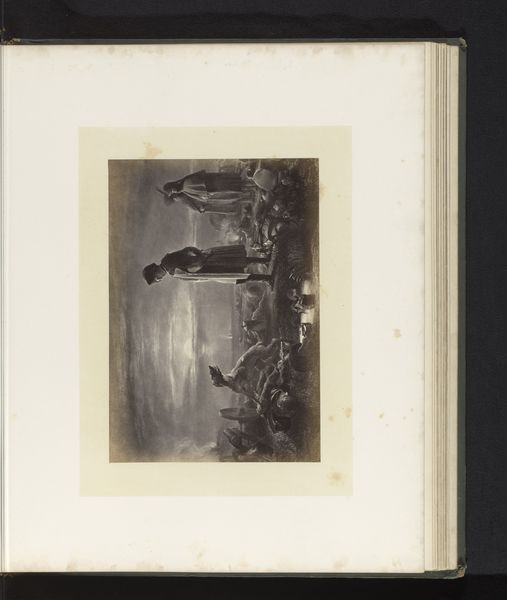
Fotoreproductie van uitvergrote negatiefafbeelding van een gebouw before 1898
0:00
0:00
print, paper, photography, gelatin-silver-print
# print
#
light coloured
#
landscape
#
paper
#
photography
#
orientalism
#
gelatin-silver-print
#
cityscape
#
paper medium
Dimensions: height 162 mm, width 115 mm
Copyright: Rijks Museum: Open Domain
This photogravure by Wilhelm Cronenberg presents an enlarged photographic negative of a building. The image is rendered through a screen, breaking the continuous tones into a pattern of dots. This was a common technique for reproducing photographs in print, making them accessible to a wider audience through mass production. Look closely, and you’ll notice the way the built environment is translated into this grid-like pattern, almost resembling a woven textile. Cronenberg uses this method to draw attention to the structure of the image itself. Photography, at its origins, was often seen as a purely indexical process – a direct trace of reality. But here, the artist highlights the mediation involved, the layers of technical intervention that shape our perception. By showcasing the negative, he invites us to consider photography not just as a window onto the world, but as a constructed object, a product of both technology and artistic vision. So, remember that even the most seemingly straightforward images are shaped by the materials, processes, and contexts of their making.
Comments
No comments
Be the first to comment and join the conversation on the ultimate creative platform.
